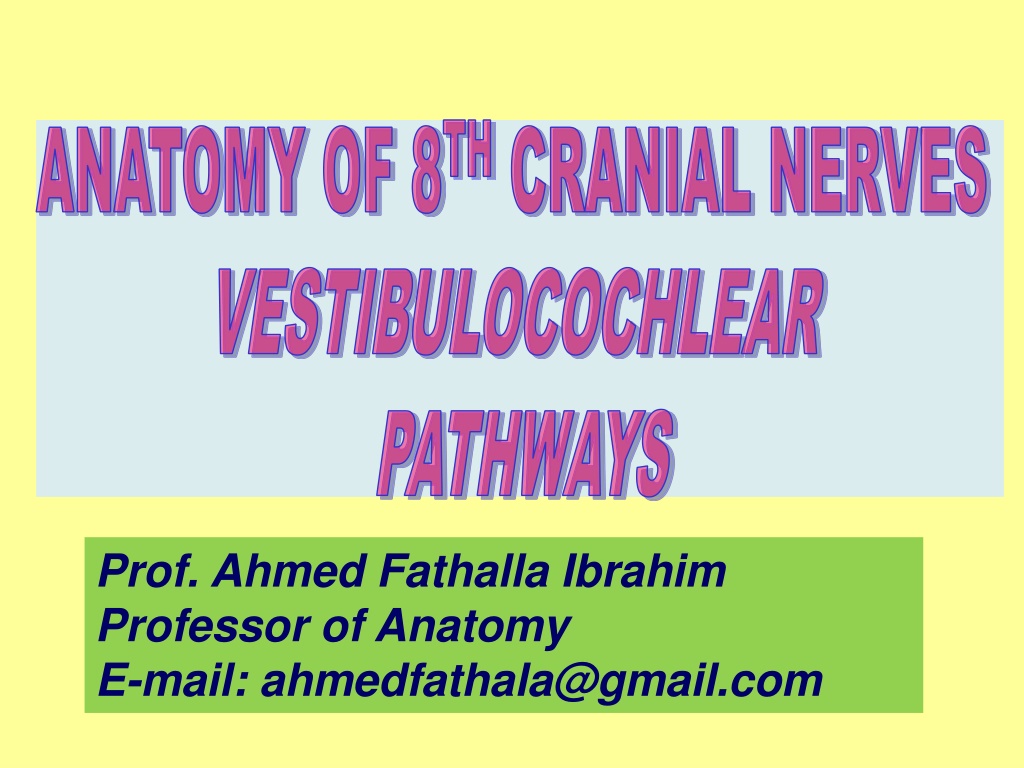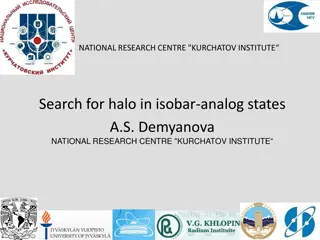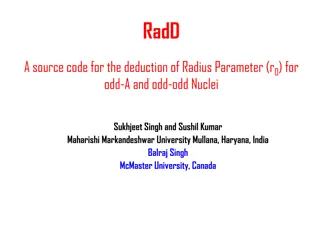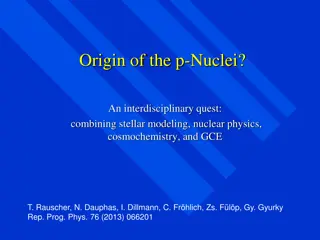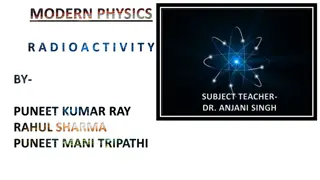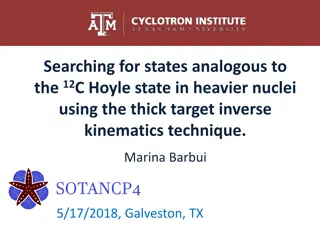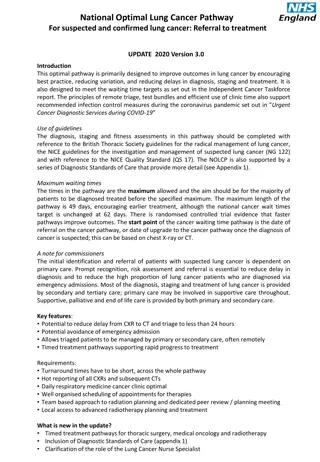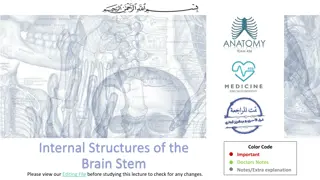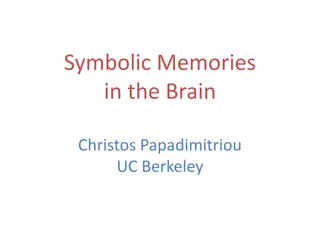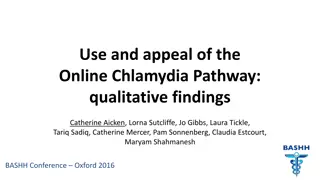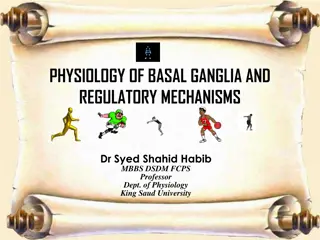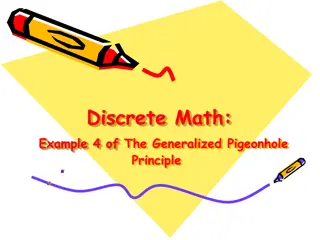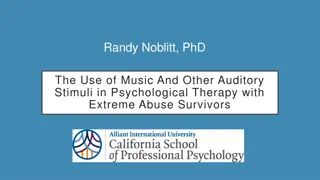Auditory Pathway in the Brain: Nuclei, Pathways, and Connections
Explore the anatomy of the 8th cranial nerves, specifically the auditory pathway in the brain. Learn about the nuclei related to vestibular and cochlear nerves, their types and locations, along with descriptions of the vestibular and auditory pathways. Discover the primary auditory cortex, medial geniculate nucleus, inferior colliculus, and more structures involved in processing auditory information. Follow the journey of auditory signals from the cochlea to the cortex, understanding the role of various neuronal groups in modulating auditory information transmission.
Download Presentation

Please find below an Image/Link to download the presentation.
The content on the website is provided AS IS for your information and personal use only. It may not be sold, licensed, or shared on other websites without obtaining consent from the author. Download presentation by click this link. If you encounter any issues during the download, it is possible that the publisher has removed the file from their server.
E N D
Presentation Transcript
ANATOMY OF 8 ANATOMY OF 8TH THCRANIAL NERVES CRANIAL NERVES Prof. Ahmed Fathalla Ibrahim Professor of Anatomy E-mail: ahmedfathala@gmail.com
OBJECTIVES At the end of the lecture, the students should be able to: List the nuclei related to vestibular and cochlear nerves in the brain stem. Describe the type and site of each nucleus. Describe the vestibular pathways and its main connections. Describe the auditory pathway.
Auditory Association Cortex Auditory Association Cortex Primary Auditory Cortex Auditory Radiation Retrolenticular Part of IC Primary Auditory Cortex Medial Geniculate Nucleus Medial Geniculate Nucleus Inferior Colliculus Inferior Colliculus Commissural fibers Nucleus of Lateral Leminiscus Lateral Leminiscus Superior Olivary Nucleus Trapezoid Body Dorsal & Ventral Cochlear Nuclei Cochlear nerve Dorsal & Ventral Cochlear Nuclei Cochlear nerve Cells of Spiral Ganglion (in cochlea) Cells of Spiral Ganglion
AUDITORY PATHWAY FIRST ORDER NEURONES: Cells of spiral ganglion in the cochlea. Axons form cochlear nerve. Cochlear nerve makes dendritic contact with hair cells of Organ of Corti (in Cochlear Duct). Both cochlear & vestibular nerves meet & emerge through internal auditory (acoustic) meatus to cranial cavity. Vestibular & cochlear parts enter pons through pontocerebellar (cerebellopontine) angle (lateral to facial nerve).
AUDITORY PATHWAY SECOND ORDER NEURONES: Cells of dorsal & ventral cochlear nuclei in pons. Cochlear nuclei belong to special somatic afferent column in brain stem. On ascending, most of axons decussate in the trapezoid body & form lateral leminiscus. Some fibers end in Superior Olivary Nucleus & Nucleus of Lateral Leminiscus.
AUDITORY PATHWAY Superior Olivary Nucleus & Nucleus of Lateral Leminiscus: modulate transmission of auditory information to cochlear nerve by: 1.Sending inhibitory fibers through vestibulocochlear nerve ending in Organ of Corti. 2.Establishing connection with motor neurones supplying tensor tympani & stapedius muscles.
AUDITORY PATHWAY THIRD ORDER NEURONES: Cells of inferior colliculus (midbrain). Both colliculi are interconnected by commissural fibers. FOURTH ORDER NEURONES: Cells of medial geniculate nucleus (thalamus). Axons form auditory radiation that pass through retrolenticular part of internal capsule.
AUDITORY PATHWAY Auditory radiation ends in primary auditory cortex (superior temporal gyrus) which is connected to auditory association cortex. N.B.: Representation of cochlea is bilateral at all levels above cochlear nuclei.
VESTIBULAR PATHWAY Vestibular Area NVP (Thalamus) A + B = Medial Longitudinal fasciculus Median Plane Occulomotor Nucleus Trochlear Nucleus Abducent Nucleus A Flocculonodular Lobe (Cerebellum) ICP M I S L Vestibular Nuclei Medial Vestibulospinal tract Vestibular nerve Late ral Vestibulospinal tract Vestibular Ganglion B Hair Cells in Vestibule & Semicircular Canals Cochlear nerve AHCs AHCs
VESTIBULAR PATHWAY FIRST ORDER NEURONES: Cells of Vestibular ganglion located in Internal Auditory Meatus. Axons make dendritic contacts with hair cells in vestibule & semicircular canals. Both cochlear & vestibular nerves meet & emerge through internal auditory (acoustic) meatus to cranial cavity. Vestibular & cochlear parts enter pons through pontocerebellar (cerebellopontine) angle (lateral to facial nerve).
VESTIBULAR PATHWAY SECOND ORDER NEURONES: Cells of Superior, Lateral, Medial & Inferior Vestibular Nuclei in medulla & pons. Vestibular nuclei belong to special somatic afferent column in brain stem.
CONNECTIONS OF VESTIBULAR PATHWAY Axons of vestibular nuclei may: 1. Descend as lateral vestibulospinal tract to anterior horn cells of spinal cord. 2. Join medial longitudinal fasciculus & descend as medial vestibulospinal tract to anterior horn cells of spinal cord. 3. Pass through inferior cerebellar peduncle to flocculonodular lobe of cerebellum. 4. Cross midline & ascend to ventral posterior nucleus of thalamus then to vestibular area in cerebral cortex.
VESTIBULAR PATHWAY Medial Longitudinal fasciculus: formed of both descending & ascending fibers: 1.Descending (medial vestibulospinal tract) to anterior horns cells for control of body posture & balance. 2.Ascending to Occulomotor, Trochlear & Abducent Nuclei (Motor Nuclei for extraoccular muscles) for coordination of head & eye movements.
VESTIBULAR PATHWAY Vestibular area: 1.Located in the lower part of postcentral gyrus (head area). 2.Responsible for conscious awareness of vestibular sensation.
SUMMARY Ganglia related to vestibulocochlear nerve are located in the inner ear. Vestibular & cochlear nerves pass through internal auditory meatus to cranial cavity, then enter pons at pontocerebellar angle, lateral to facial nerve. Cochlear & vestibular nuclei are of the special somatic afferent type, and are located in pons & medulla.
SUMMARY Inferior colliculi, medial geniculate nucleus and finally auditory cortex are stations in cochlear pathway. Hearing is bilaterally represented. Vestibular nuclei are connected to: spinal cord (directly or through medial longitudinal fasciculus, flocculonodular lobe of cerebellum and to vestibular area of cerebral cortex.
QUESTION 1 The third order neurones of auditory pathway are found in: 1. Mid brain. 2. Thalamus. 3. Pons. 4. Cerebral cortex.
QUESTION 2 The vestibular nuclei are connected to the occulomotor nuclei through: 1. The lateral leminiscus 2. The lateral vestibulospinal tract 3. The medial longitudinal fasciculus 4. The vestibular nerve
THANK YOU THANK YOU
